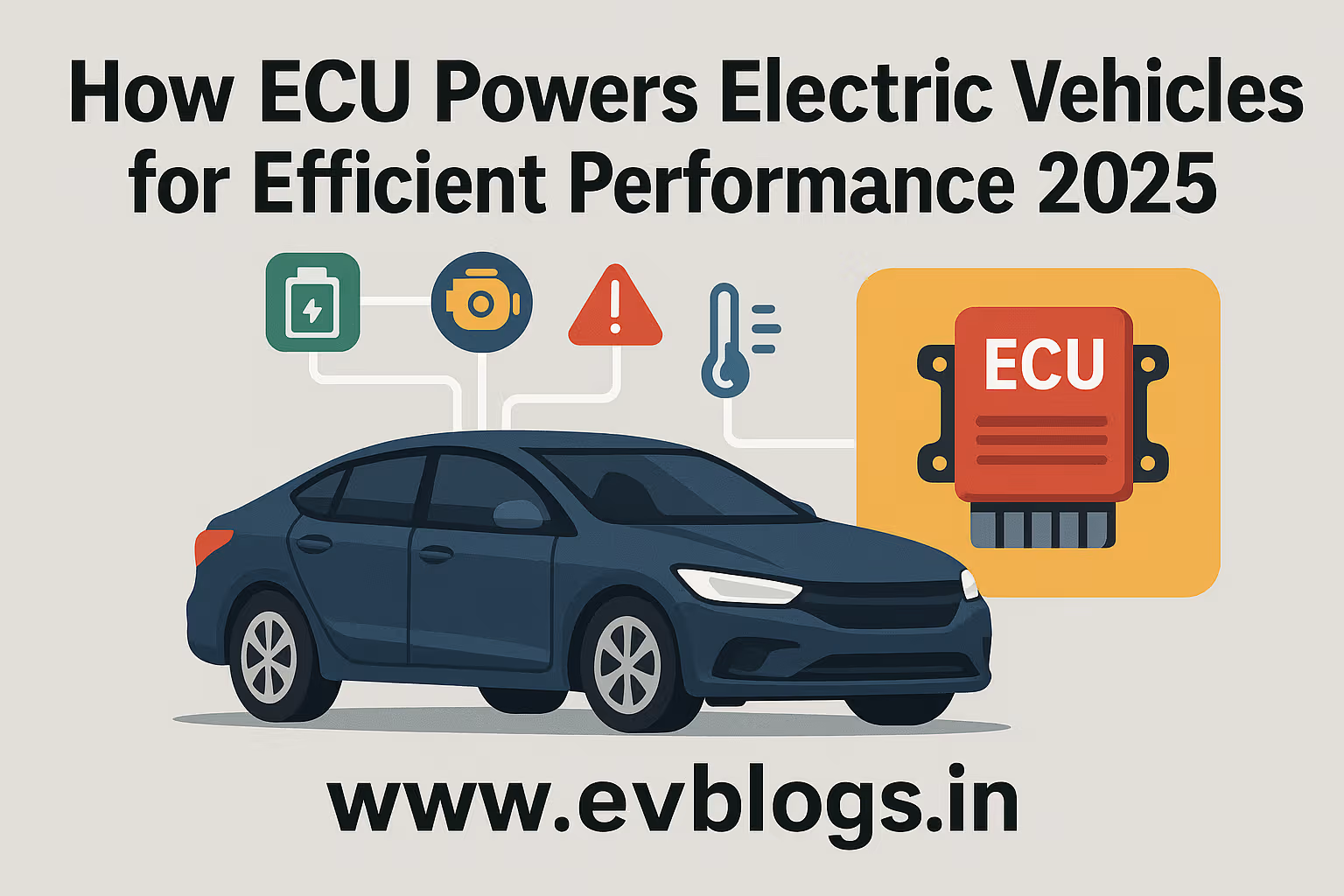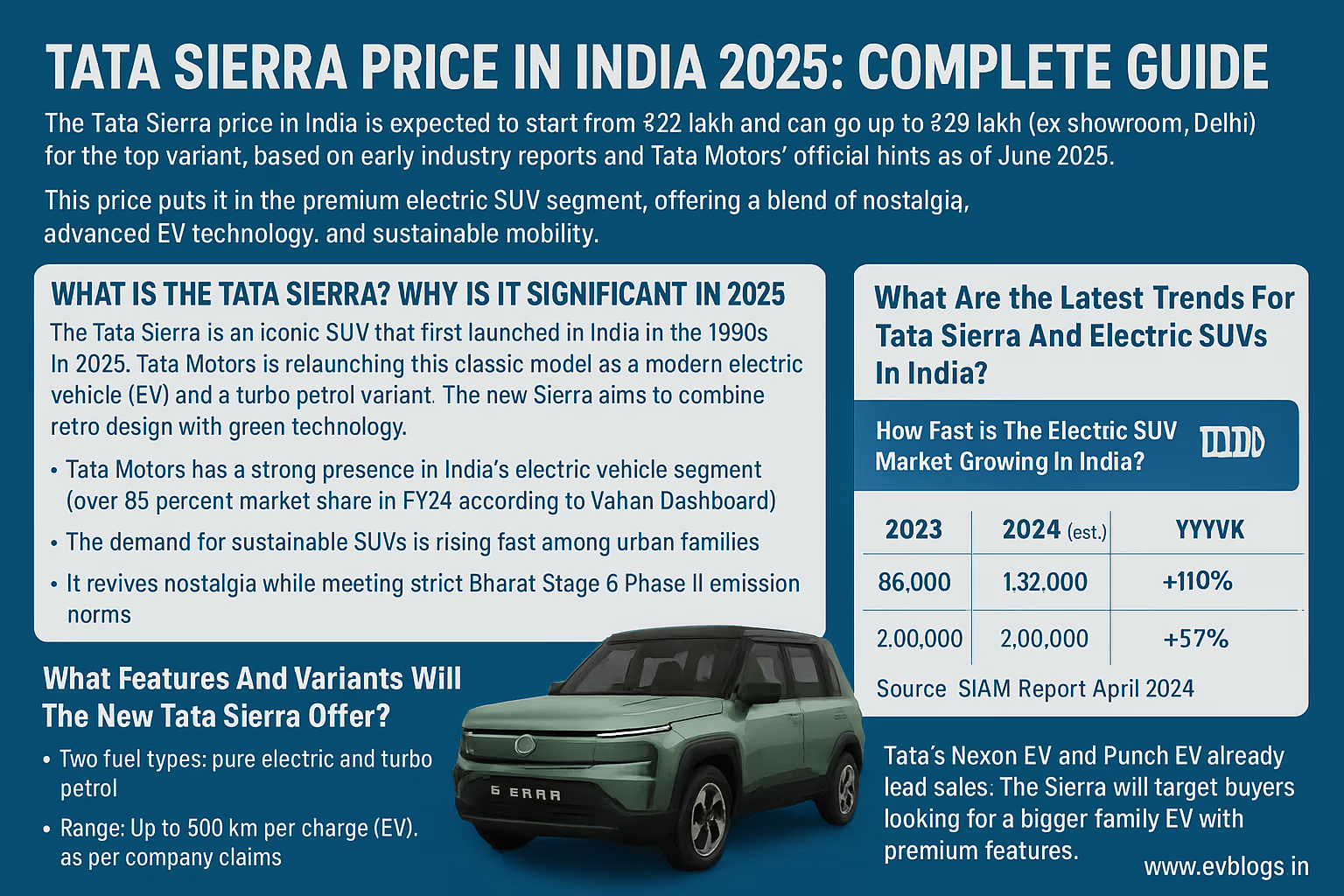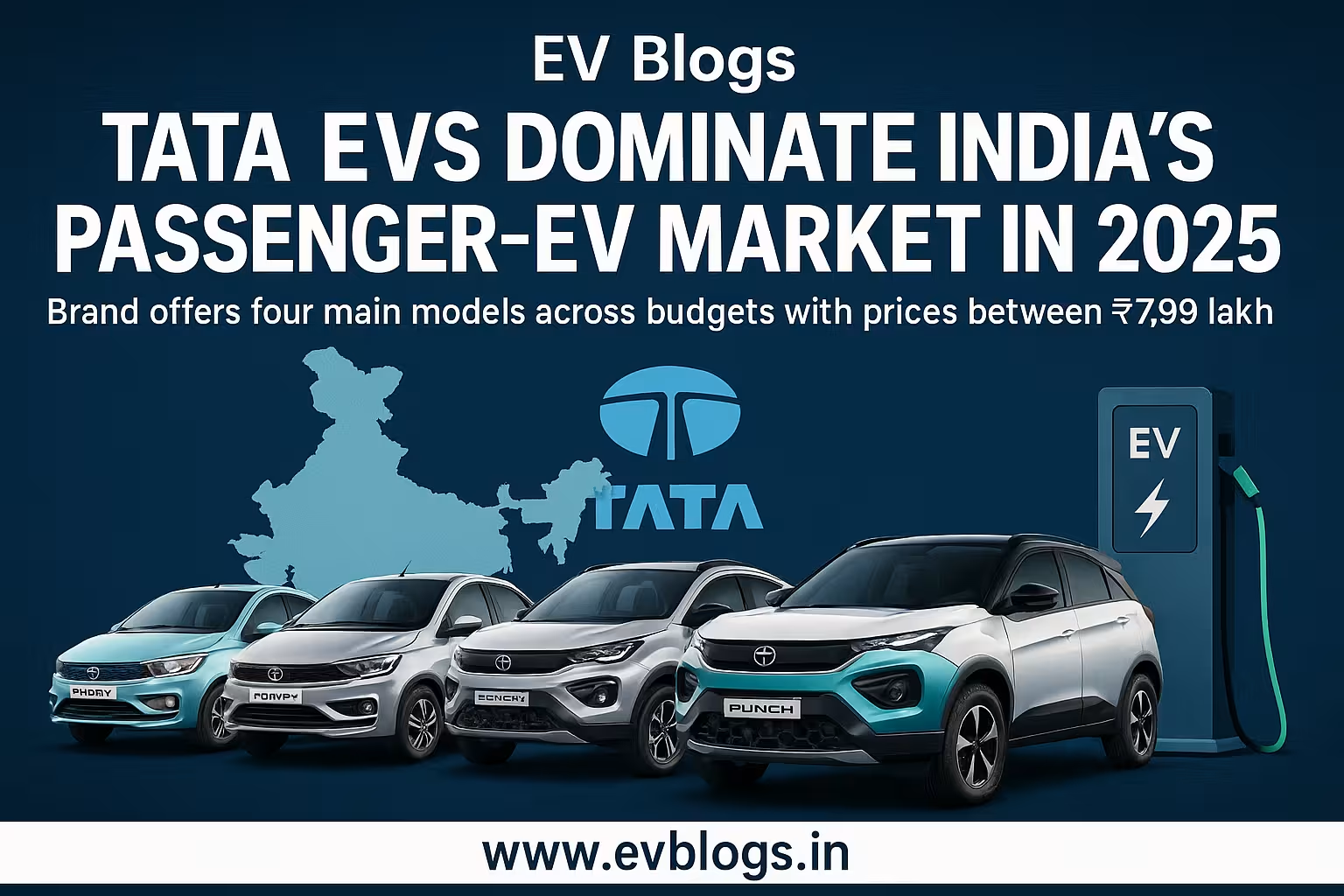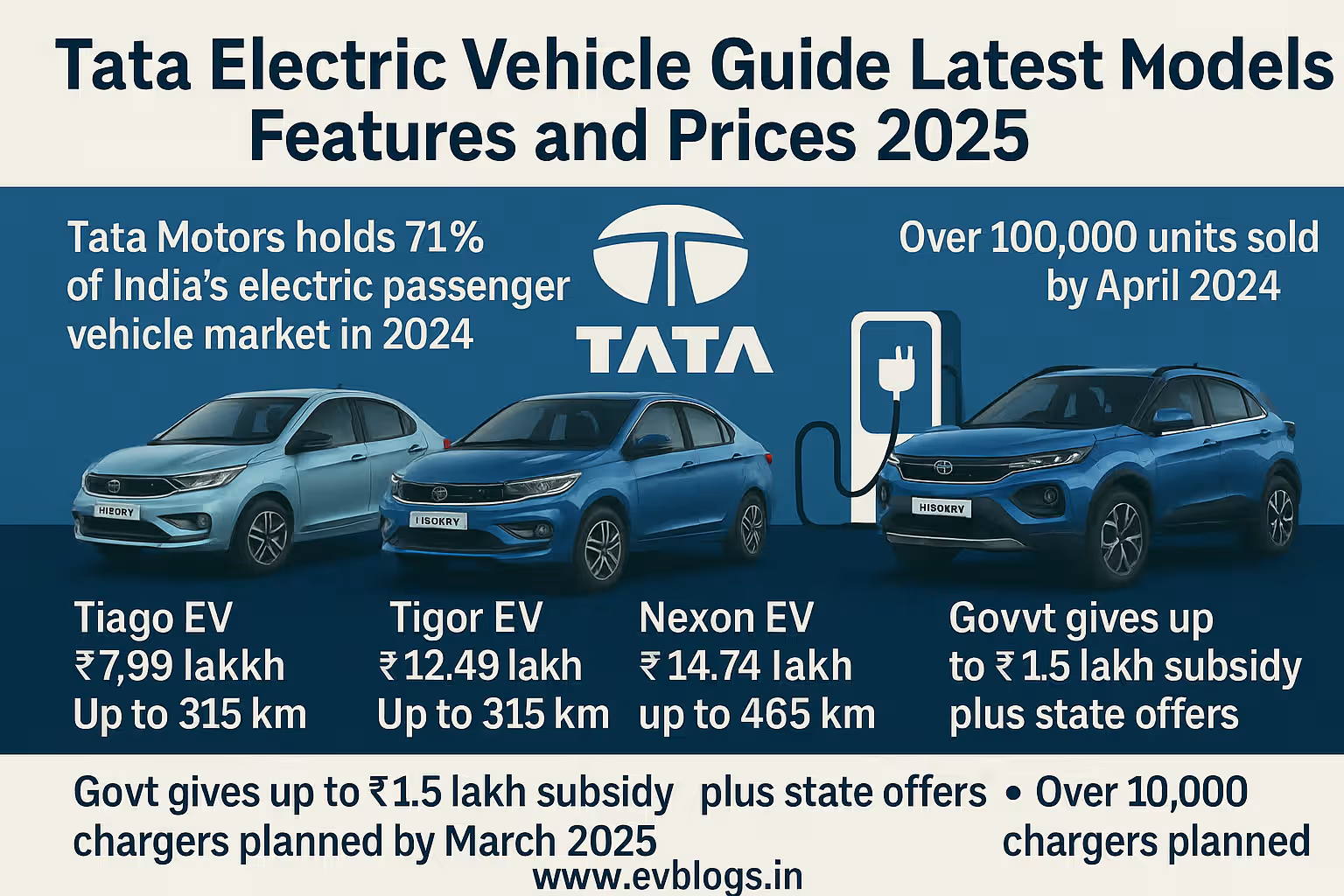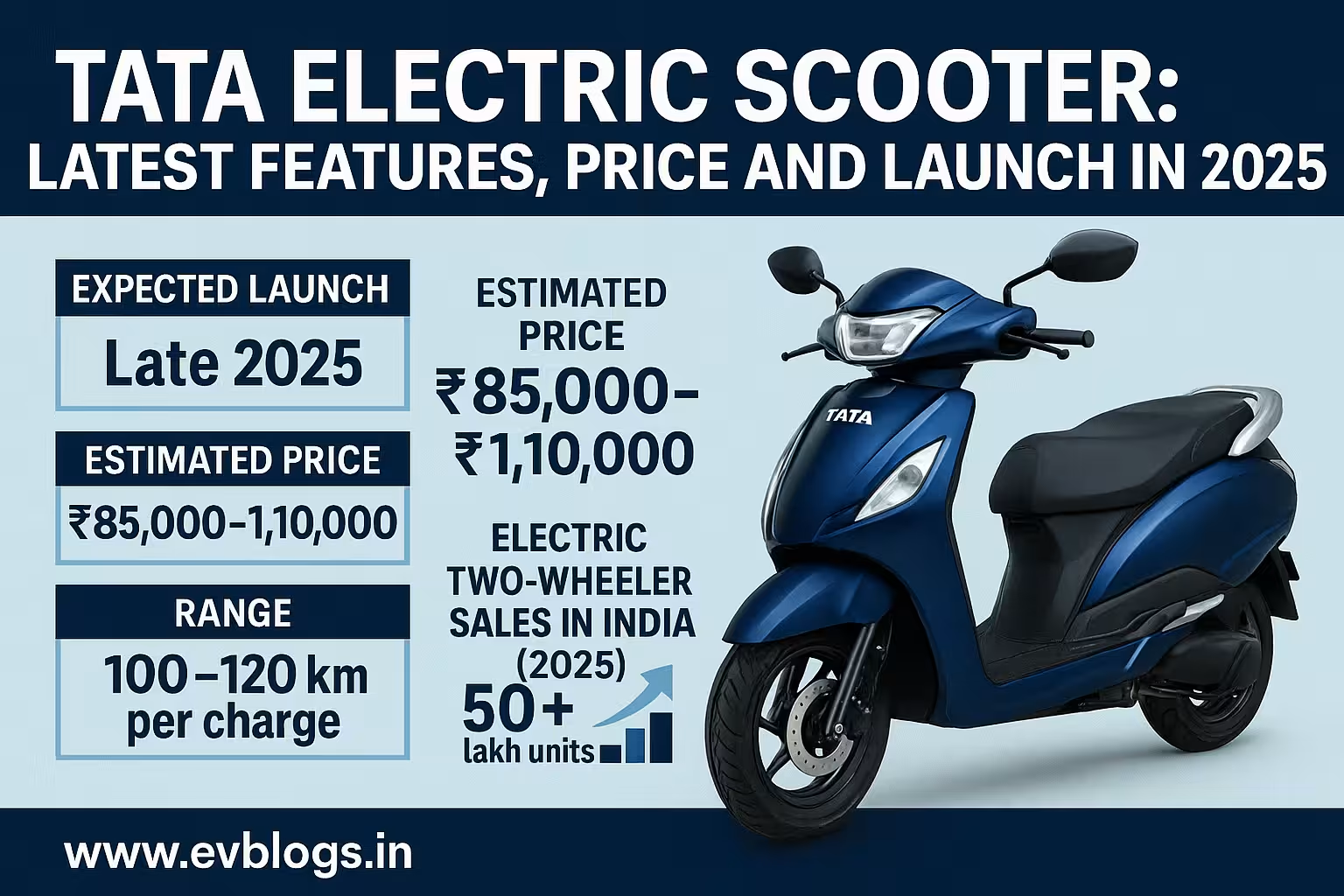Hedhvick Hirav
Hedhvick Hirav is a dedicated EV researcher and editor with over 4 years of experience in India’s growing electric vehicle ecosystem. Their contributions have been recognized in leading sustainability publications and automotive journals.
Summarize & analyze this article with
Choose an AI assistant and open this article directly:
Tip: if the AI doesn’t fetch the page automatically, paste the article URL manually.
What are the top EV bikes in India in 2025: Ather, Hero, Bajaj and More Compared?
Introduction: Two Wheeled Electric Revolution
India’s urban mobility landscape is rapidly transforming, with electric vehicles (EVs) playing a pivotal role. By 2025, with the increasing environmental awareness and the cities struggling with pollution and traffic, electric bikes, commonly referred to as e-bikes or electric scooters, are not only a trend but a must-have item to many. The market is led by stalwarts like Ather Energy, Hero MotoCorp (through its Vida and Hero Electric brands), and Bajaj Auto. Government incentives, better charging system, and growing consumer education make the selection of the appropriate EV bike pertinent than ever to Indian commuter.
In this detailed guide, we compare all the best EV bikes available in all models of Ather,Hero and Bajaj in 2025 and you get a clear idea of which one to buy based on real-life performance, cost of ownership, technology features and general user experience.
The Importance of EV Bikes in India in the Current Times
It is worth getting the context before getting into particular models:
- Increased Costs of Fuel: There is unstable cost of petrol.
- Environmental Concerns: Metro cities have a problematic quality of air; they should switch to EVs to decrease the emissions.
- Government incentives: EVs are subsidized under the FAME II scheme and on state policy.
- City Traffic: The limited range of electric bikes is perfectly suitable to the limited daily travel distance.
The Major players of the Indian EV Bike market in 2025
These three brands mentioned here reflect the highest quality of Indian innovation and trust:
| Brand | Key Models (2025) | Segment Focus |
|---|---|---|
| Ather | Ather 450S, 450X Gen 4 | Euromanic/city sporty |
| Hero | Vida V1(pro/plus), Hero Electric NYX HX | Day to day affordable |
| Bajaj | Chetak, New Chetak Sport | Urban / Prestigieux |
So which one does better in key areas?
Section1-Model Lineup and main features
Ather Energy: Hi Tech Performance
Popular Models (2025)
- Ather 450X gen 4
- Ather 450S
Key Features
- Powerful PMSM motor (up to 6.4 kW)
- Charging range can go up to 150 km/charge
- Fast charging (0–80% in under 1 hour with Ather Grid)
- Strong chassis aluminum bolts
- Google maps navigation via touchscreen dashboard
- Cloud based updates via OTA software
- Intelligent eco systems & ride statistics
Who is to Select Ather?
City people who want an advanced experience and a sporty acceleration.
Hero MotoCorp: Popular prices Audi accessibility
Popular Models (2025)
- Vida V1 Pro & plus
- Hero Electric NYX HX (from Hero Electric division)
Key Features
- Removable battery options (Vida V1)
- Range* A long way indeed - Up to 110 – 140 km/charge setup to variant
- Easier to read digital screen; sensible form;
- Expanded network of dealership/service network
- Simple terms of finance
- Emphasis on cost effective prices and operating expenses
Who is to Select Hero?
Value seekers interested in after sale supports with proven after sales service and low initial outlay.
Bajaj Auto-Preservation of the Past in the Present Day
Popular Models (2025)
- Bajaj Chetak Urbane/Premium
- Bajaj Chetak Sport (New Launch)
Key Features
- The old school retro with new-fangled technology
- Metal body to have more strength in it
- Range: ~108–130 km/charge
- Bluetooth connectivity; features which use an app
- Legitimate build value of a Bajaj childhood
- Easy user interface that targets every age group
Who is a Good Choice of Bajaj?
Riders who appreciate legacy of the brand, and definitive build quality, who want to mix old and new.
Part two: Comparison of performances- real life noises
Power & Acceleration
| Model | Peak Power | Acceleration (0–40 km/h) |
|---|---|---|
| Ather 450X Gen 4 | 6.4 kW | 3.3 sec |
| Vida V1 Pro | ~3.9 kW | ~3.4 s |
| Chetak Premium/Sport | 4.2 kW | 3.9 sec |
Expert Insight:
In terms of outright acceleration, Ather has high-torque motor and this makes it highly desirable by those who require quick passes when stuck in the city. Vida by Hero is not much behind but focuses more on smoother power delivery. Bajaj draws a line between performance and old school ride.
The range and the Battery Life
Certified range and usability table
| Model | Certified City Range | Realistic City Range |
|---|---|---|
| Ather 450X Gen 4 | upto 150km | 110–120km |
| Vida V1 Pro | Max 140 km | 90km-105km |
| Chetak Premium | Upto 130 km | 91-110 km |
Tip:
This will vary dependant on load, riding style, terrain, weather and utilisation of a feature such as sport mode or heavy acceleration.
Charging Convenience
- Ather: Fast charging through the extensive network of Ather Grid; home charger comes free of cost.
- Hero: portable/removing batteries are charged at home; slower fast-charging network and with time, it is getting better.
- Bajaj: Charges at home; fast-charging unknown in the public but slowly growing with the cooperation of partners.
Part 3: Ownership Costs- Prices and Maintenance breakdown
On-Road Price Estimates (Delhi NCR as reference)
| Model | Ex-showroom Price (incl. FAME II) |
|---|---|
| Ather 450X Gen 4 | 1.45 lakh to 1.65 lakh |
| Vida V1 Pro | 1.26 lakh to 1.40 lakh |
| Chetak Premium/Sport | 1.20 lakh-1.50 lakh |
The prices can vary with city/state subsidies; see the current offers in town.
Running Costs and Saving
Estimate of Monthly running cost
On a basis of 900 km per month of average use:
- Petrol Scooter: ₹2/km x 900 = ₹1800/month
- EV Scooter: ₹0.20/km x 900 = ₹180/month
Switching saves around ₹1600/month (~₹19,200/year).
Maintenance Factors:
- There are reduced moving components- no oil changes, no clutch repairs:
- Most e-bikes have an annual service cost of less than ₹2000/year.
- The battery has a manufacturer warranty of 3–5 years depending on model.
Section 4: Tech & User Experience
Dashboard & Connectivity
- Ather: Strongest-in-class high-resolution touchscreen dashboard with smartphone connectivity, real-time navigation and over-the-air updates.
- Hero/Vida: Screen TFT color; entry-level connectivity such as geo fencing, diagnosis remotely, through an application.
- Bajaj Chetak: Slim-line touchscreen; primitive combination of Bluetooth calls/messages on more advanced versions; app support of vehicle figures.
Safety & Convenience Features Checklist:
All the major models now provide:
- Combined Braking System (CBS)
- Better regenerative braking
- Side stand cut-off killers
- The premium variants available are theft/tow alerts using mobile apps
- Some add further enhancements like hill-hold assist (Ather), find-my-scooter features (Vida), etc.
Section 5: Practical Uses Cases-Which bike is suitable to you?
For Commuting daily Urban:)
Choose models with reliable range (~100+ km), portable charging if parking is an issue.
Best choice: Vida V1 Pro or Ather 450S to commute in the city with less than 40km daily.
For Tech junks :
Advance dashboards, app control, navigation must be given priority.
Best choice: Ather 450X Gen 4 to enjoy a hassle-free integration of technology.
For Budget-Conscious Buyers:
Consider the total cost of ownership in five years time- low EMI plans are too good.
Best one: Hero Electric NYX HX or cheaper Vida versions with cost as a priority.
For Fashionistas:
Traffic gives Retro-modern design a prominent position.
Our All-time favourite: Bajaj Chetak Premium/Sport with exclusive looks on top of everyday usability.
Sixth Section: Subsidy and Criteria of Eligibility
To be able to get government subsidies with FAME II or state EV policy:
- Buyer should be an Indian resident.
- Vehicle must meet localization norms (>50% local components).
- Only certified models can be used- see latest FAME II approved list.
- In some states, registration is done at RTO; in others, road tax is waived off temporarily.
- There is maximum subsidy capping on a manufacturer/model annual quota.
Expert Tips for Choosing the Right EV Bike in India (2025)
Determine Your Commute Requirements:
When determining required range, divide your average daily distance by two to give the necessary margin in cases of emergency.
Check The Local Infrastructure Of Charging
In case you do not have a personal parking/charging area, choose removable battery models or those that can be charged by local public chargers.
Factor Resale Value & Warranty:
There are brands who provide stronger battery warranties and greater accessibility to the service network, which is essential to the long-term satisfaction.
- An assessment is best possible via the Test drive; multiple design options.
- The feel differs a great deal depending on the brand-be sure to test ride before you purchase.
Be Careful of Non apparent Costs:
Other equipment such as charger cords or tethered services, can be optional; be aware of what is included on purchase.
Best EV Bikes in India; The Answers to Real User Questions
Q1. What is the charging time of an electric scooter?
Answer: Most mainstream e-bikes take about 4–6 hours for a full charge using standard home chargers; fast-chargers can reduce this time significantly (to under an hour up to ~80%) depending on brand/network availability.
Q2: Do Electric bikes withstand a rainy/monsoon season?
Yes–all major models are IP-rated against water ingress, and most extensively tested in Indian conditions, but don not allow batteries to be submerged in standing water or even wash directly using high pressure jets.
Q3: What can you say about the cost of replacement battery?
Answer: The modern lithium-ion batteries have a life of 50,000-70,000 km or 3-5 years. The latest prices will be around 35k-55k by the end of 2025 and the replacement costs are declining though expect to see them priced at 35k-55k based on capacity/model at that time.
Q4: Do I have to purchase a new two-wheeler insurance policy?
Answer: No -EV bikes would need their own insurance cover to comply with the RTO norms; the premiums are usually low because of the low risk nature of the bike when compared to the petrol ones.
Q5: are e-bikes good resale?
Answer: Resale value is getting better with adoption- models of established brands such as Ather/Bajaj/Hero have better resale value because of service support and transferability of battery warranty.
Decision: What is the Best EV Bike Brand in India to You?
It all depends on what your priorities would be:
- When you want the best technology integration and enthusiastic performance- Ather is the best.
- When affordability and dependable after-sales are in top priority- Hero offers viable alternatives, both through its Vida line-up, and its mass-market Hero Electric products.
- In case you are looking at a combination of heritage design and modern reliability- Bajaj Chetak has a long-term appeal in terms of looks and mechanics.
The needs of every commuter are different, yet all three brands now offer mature products that can comfortably substitute petrol scooters in most situations in India by the middle of the decade. Evaluate your usage pattern honestly before investing—and always prioritize safety alongside savings!
Sources
- FAME II Approved Vehicle List – Department of Heavy Industries
- Official Websites – Ather Energy, Vida by Hero MotoCorp, Hero Electric, Bajaj Chetak
- Society of Manufacturers of Electric Vehicles
- Recent industry news reports from Autocar India, ET Auto, Times Drive
- User reviews from verified buyers collected between Jan-May 2025



